Airlines, Please Stop Selling Ridiculously Tight Connections
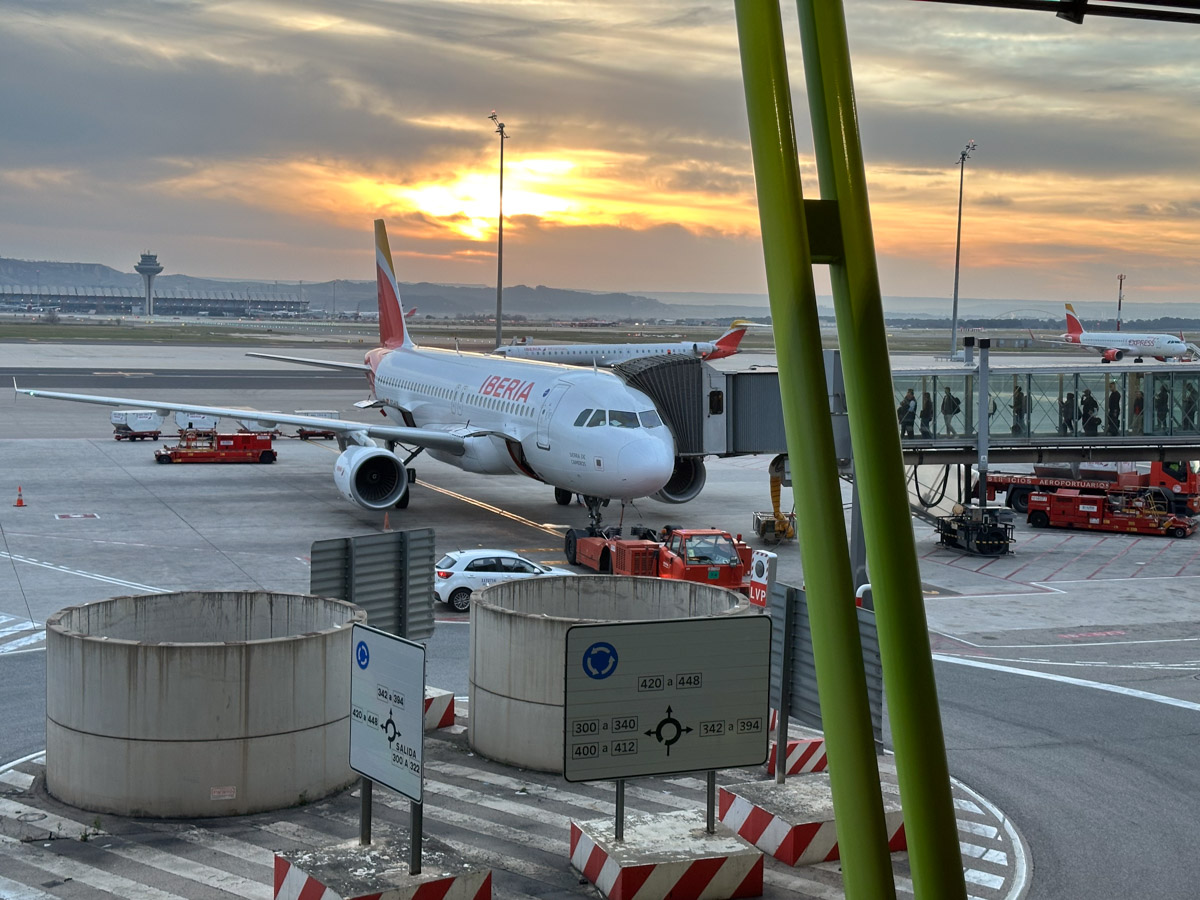
Ask anyone who’s transited at a large airport like Madrid or Frankfurt if 45 minutes is sufficient connection time, and they’ll probably agree it isn’t. Yet, airlines continue to sell high-risk connections that passengers often won’t make.
Tight connections greatly increase the risk of misconnecting
With such a short connection time, all it takes is a small delay to the inbound flight and suddenly the connection is unviable. This is inconvenient for the passenger, who will arrive much later at their destination. It could also be expensive for the airline if the next available flight isn’t until the next day (or even several days later), meaning they’re on the hook to provide a hotel and meal vouchers.
Depending on the jurisdiction, the airline might also be liable to pay hundreds of dollars in compensation for getting the passenger to their destination more than a few hours late. This is the case in places like the EU, UK, Canada and even Saudi Arabia.
And on those tight connections, even if the passenger sprints to their next boarding gate and makes the onward flight, their checked baggage quite possibly won’t. Delayed baggage is also very inconvenient, and adds extra costs for the airline.
If I can, I personally try to avoid booking connections that I think are too risky. I actively look for longer connections that keep my stress levels down, especially when flying on airlines and through airports that are prone to delays.
But sometimes there’s no choice, as it’s the only routing that’s offered (or the more reasonable connection is significantly more expensive). In any case, if there’s no price difference, less savvy travellers will likely just book the first option that appears in their search results. Which is usually the one with the shortest travel time – meaning the shortest connection time, if there are no direct flights.
So, why sell these connections in the first place?
Airlines use “minimum connection times” as the basis on which they sell tickets. Once they’ve decided what they think is an appropriate “MCT”, they’ll offer whatever the shortest connections are that meet this minimum amount of time between flights.
Airlines are incentivised to make their minimum connection times at each airport as short as possible, in order to be competitive. By default, Global Distribution Systems (GDSs) used by travel agents prioritise flight search results based on the total travel time for an itinerary. An airline could get to the top of the search results by offering the quickest trip. (It’s similar to websites that use SEO tricks to try to appear at the top of Google search results.)
But this can be risky. If the minimum connection times are unrealistically short, a lot of passengers will miss their connections. That can be costly for the airline.
Sometimes, small delays are inevitable
Even when airlines have the best intentions of running on time, and do everything right, small delays are sometimes inevitable. There could be a bit of congestion at the airport, resulting in a longer taxi time or ATC hold. Perhaps a passenger with a checked bag fails to show up to the gate, so the airline needs to offload their bag. If there’s a sudden cold snap, the plane might need to be de-iced. Or there could be a thousand other reasons why a flight runs even just a little bit late.
The problem is that, when you have razor thin margins, it’s impossible to recover from even just a minor delay. That’s why airlines with shorter turnaround times also typically have worse delays.
For example, I flew with Iberia this week from Lisbon to Vienna via Madrid. At the time I booked, the only reasonably priced option I could find had a 45-minute layover in Madrid. I wasn’t thrilled about this, but booked it anyway against my better judgement. I guess that means I’m also responsible for what happened next.
Iberia’s inbound plane from Madrid to Lisbon left on time. So far, so good. But on approach to Lisbon, it got stuck in a holding pattern for a short while. Then, when it came time to board my flight to Madrid, there were no buses available to transport passengers to the plane which was parked at an apron position.
Around 15 minutes after our scheduled departure time, the crew closed the door and we were finally ready to go, but there was a long queue of planes waiting to take off which delayed us by a little bit more. Every minute that went by, my 45-minute connection in Madrid looked less and less like a good idea…
What happened to my connection in Madrid
While en route to Madrid, a flight attendant came by to inform me of the departure gate of my next flight and gave me a map of the terminal, showing me where to go.
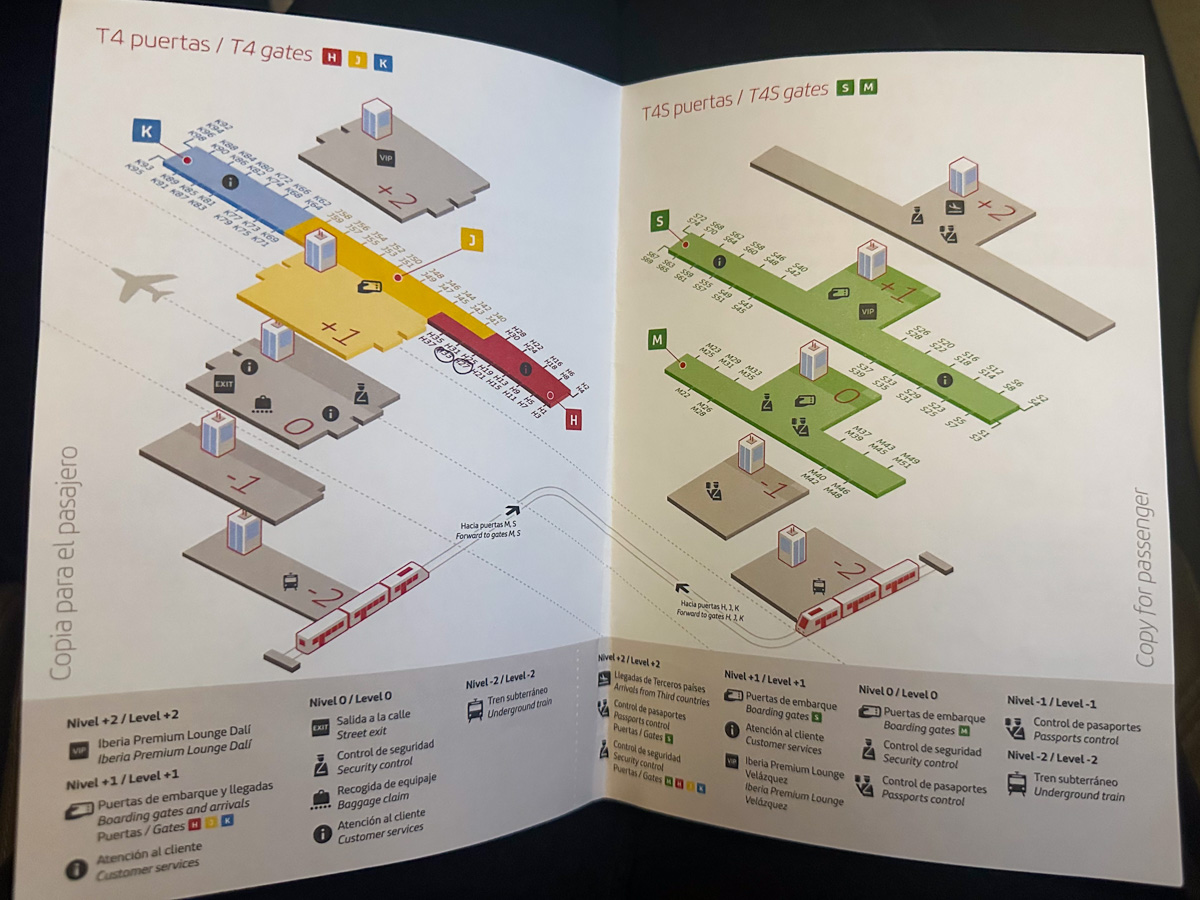
We ended up arriving in Madrid with a 31-minute delay. And as it happened, we were parked right next to the plane shortly bound for Vienna. I could still see passengers boarding that flight as I sat there waiting to get off.
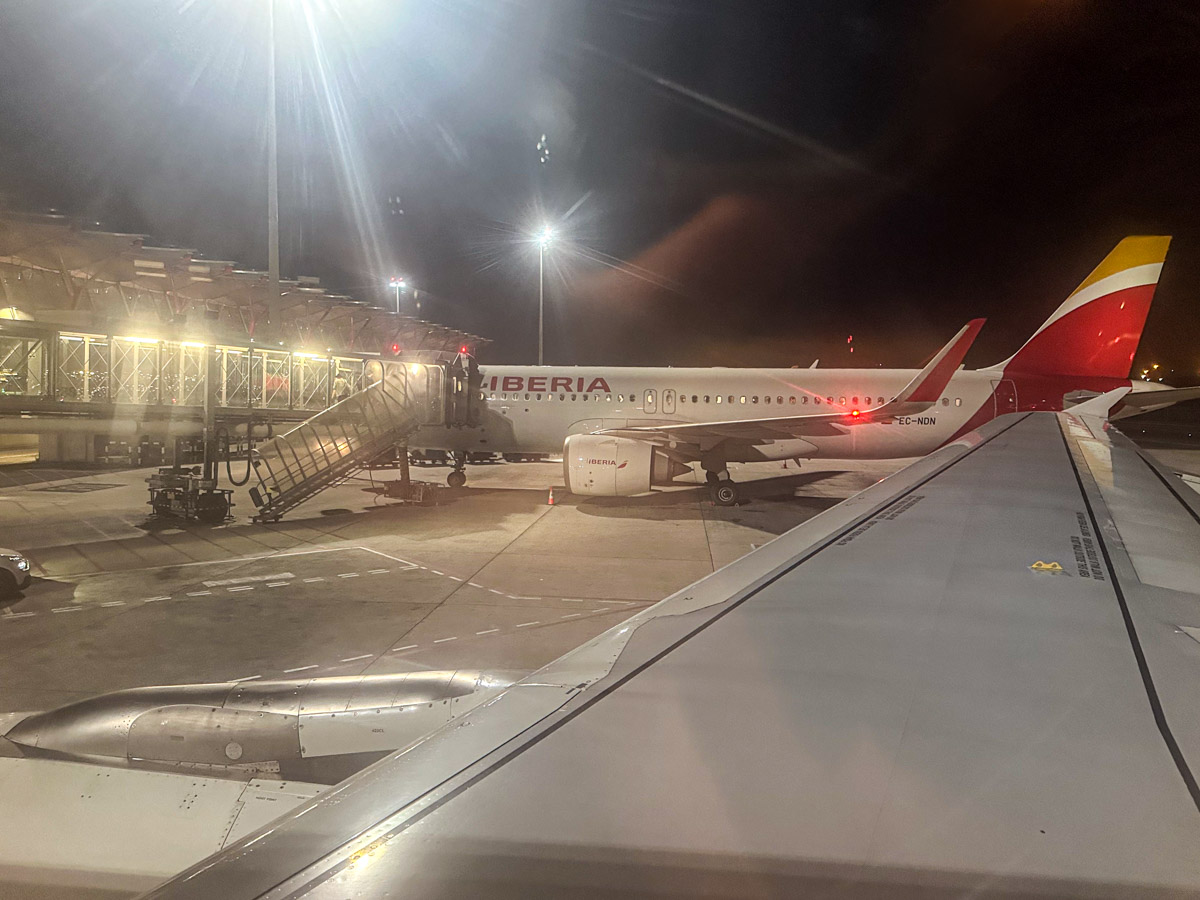
Meanwhile, Flighty was sending me all sorts of alerts about my MAD connection…
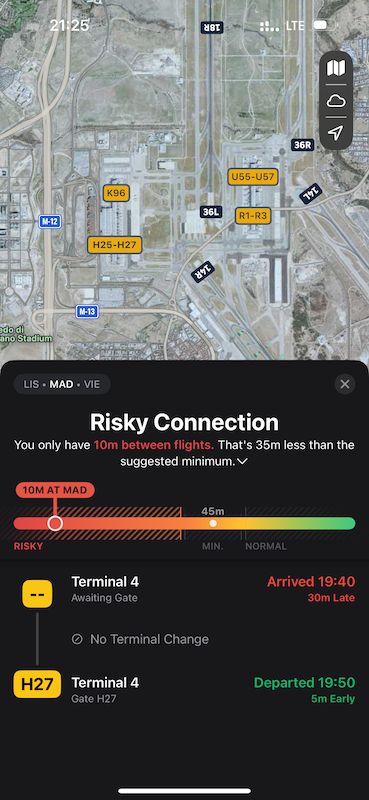
As I waited for the ground staff to connect the airbridge and the passengers in front of me to disembark, the minutes continued to tick by. Once off the plane, I ran to the next gate but they had already closed the door.
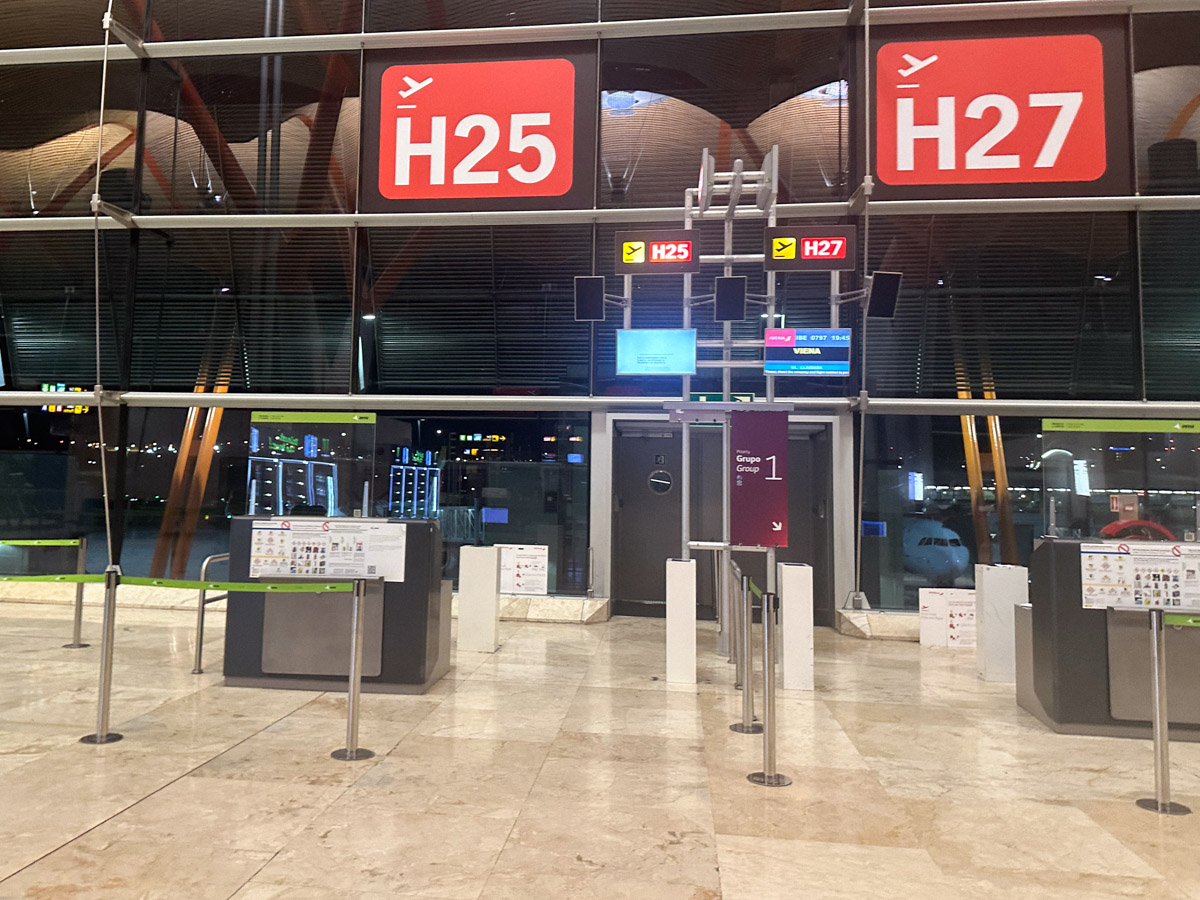
I did already have a hunch that they might have already offloaded me when, as I was waiting to get off the previous flight, I noticed the seat map of the next flight showing my seat as vacant.
The gate agents told me to visit the customer service counter to get rebooked onto the next available flight, which was the following morning. I instead just went to the Iberia lounge (I have access with my Oneworld status) and the staff there were very helpful. They took my boarding pass and told me to have a seat in the lounge while they prepared a new boarding pass for the next flight, as well as a hotel voucher.
My overnight stay in Madrid
Iberia ended up putting me up at the Melia Barajas Hotel near the airport, which was actually very good.

The hotel booking included dinner and breakfast. I left too early to enjoy breakfast, but the hotel restaurant provided an awesome Spanish dinner.



Since I ended up arriving at my destination more than 12 hours late, I also submitted an EU261 compensation claim. Iberia is now liable to pay me €400 (around ~AU$650). That’s more than I paid for my ticket!
So, all in all, this wasn’t the worst delay I’ve ever experienced! There was absolutely nothing I could do, so I just embraced it. But at the end of the day, it was still highly inconvenient and cost the airline a lot of money. This would not have happened if my ticket had a connection time of even just 5-10 minutes more.
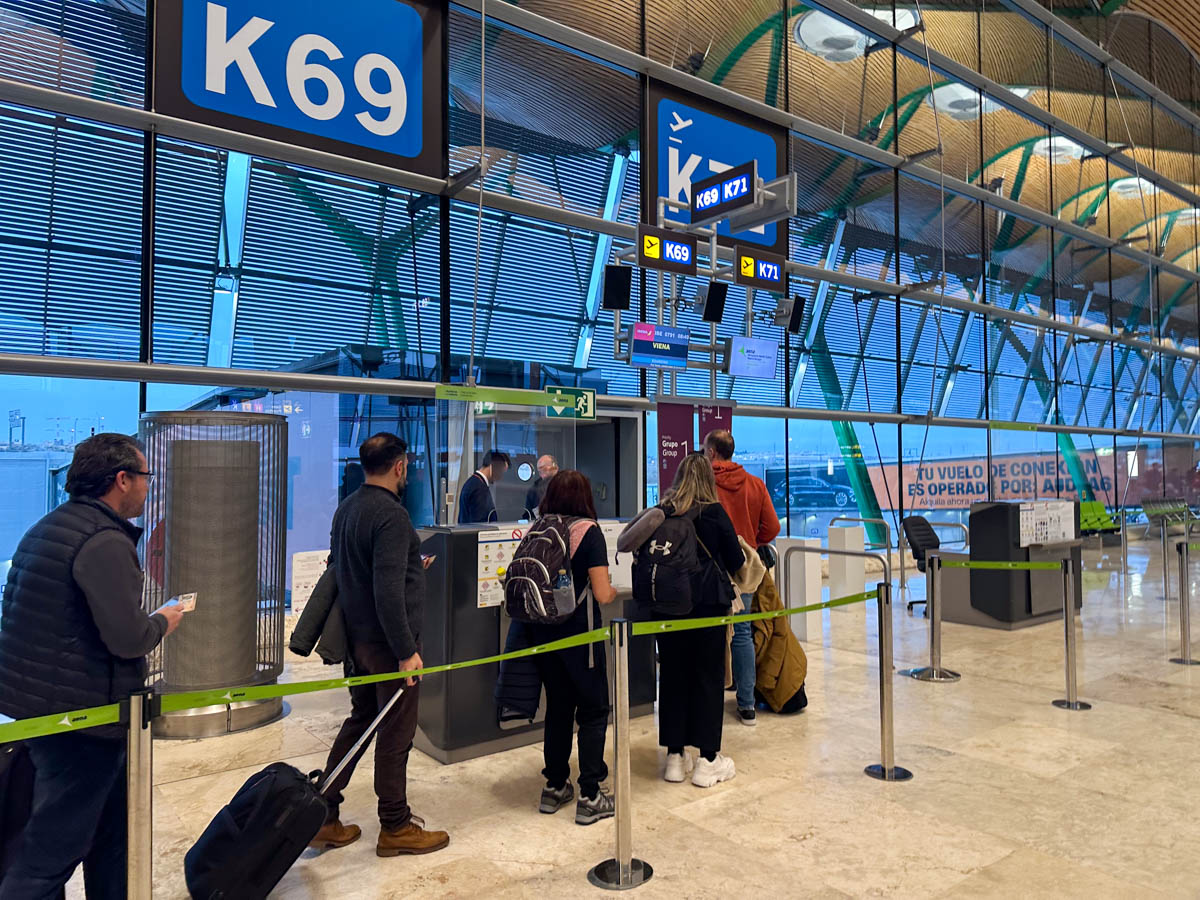
Qantas increased its minimum connection times in 2022
Until August 2022, Qantas sold similarly ridiculous connections to passengers transferring at major Australian airports. It sold connections of 30 minutes between domestic flights and just one hour between domestic and international flights at Sydney Airport. Qantas would routinely offer 60-minute connection times on routings such as Melbourne-Sydney-Honolulu or Brisbane-Sydney-Santiago.
There was really no need for Qantas to do this, as there were many other domestic flights available into Sydney that would increase the overall travel time by merely 15 or 30 minutes, but would greatly reduce the risk that somebody has to wait up to two days for the next Qantas flight from Sydney to their destination.
If you’ve had to change terminals at Sydney Airport, you’ll understand why 60 minutes to connect from Terminal 3 to 1 is completely nuts. The last time I took Qantas’ “seamless” terminal transfer bus, it took more than half an hour just to get to Terminal 1.
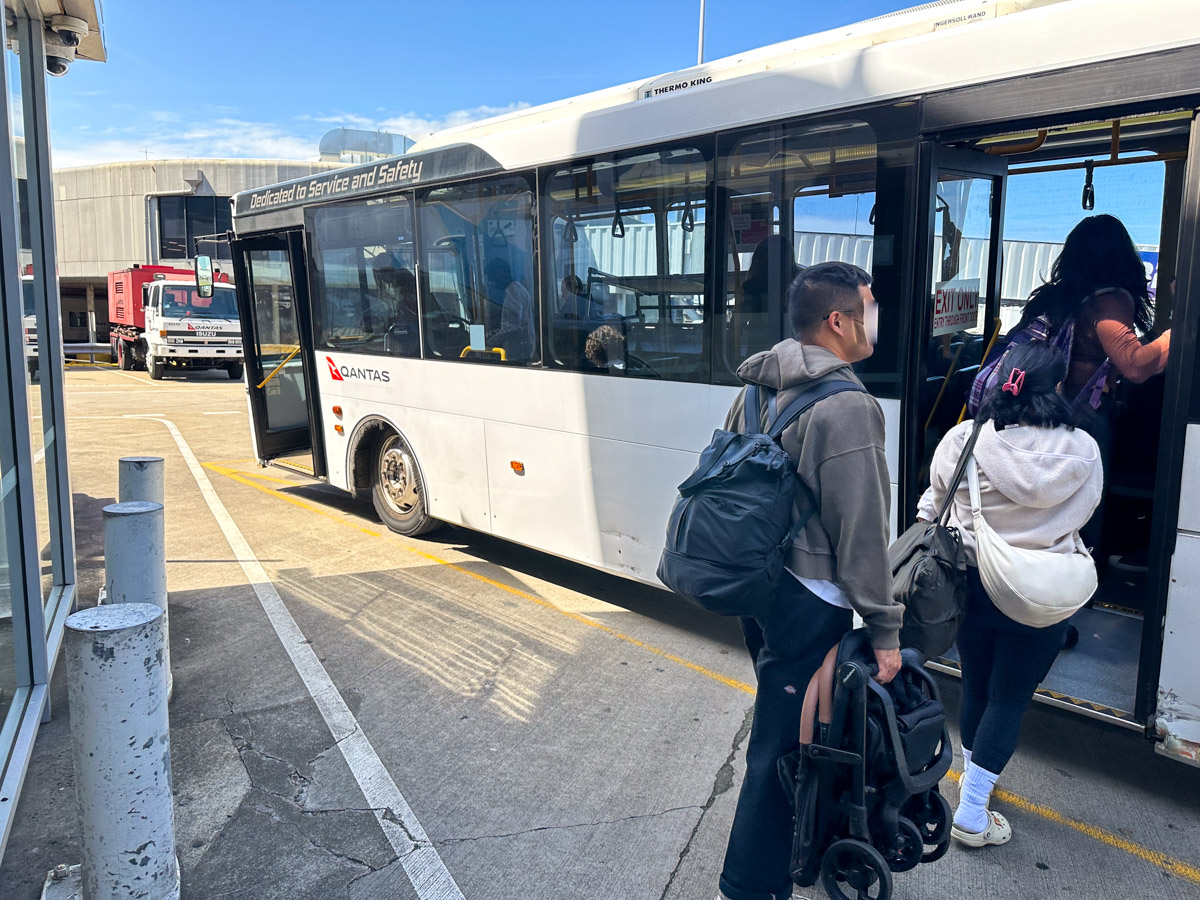
You then need to clear immigration and security, which can easily take another 30 minutes during the peak morning and evening periods. And voila, your flight has already closed. And that’s without your inbound domestic flight picking up even just a slight delay.
The situation was so bad that passengers were frequently resorting to paying for a taxi or train ticket to the international terminal to avoid missing their connections.
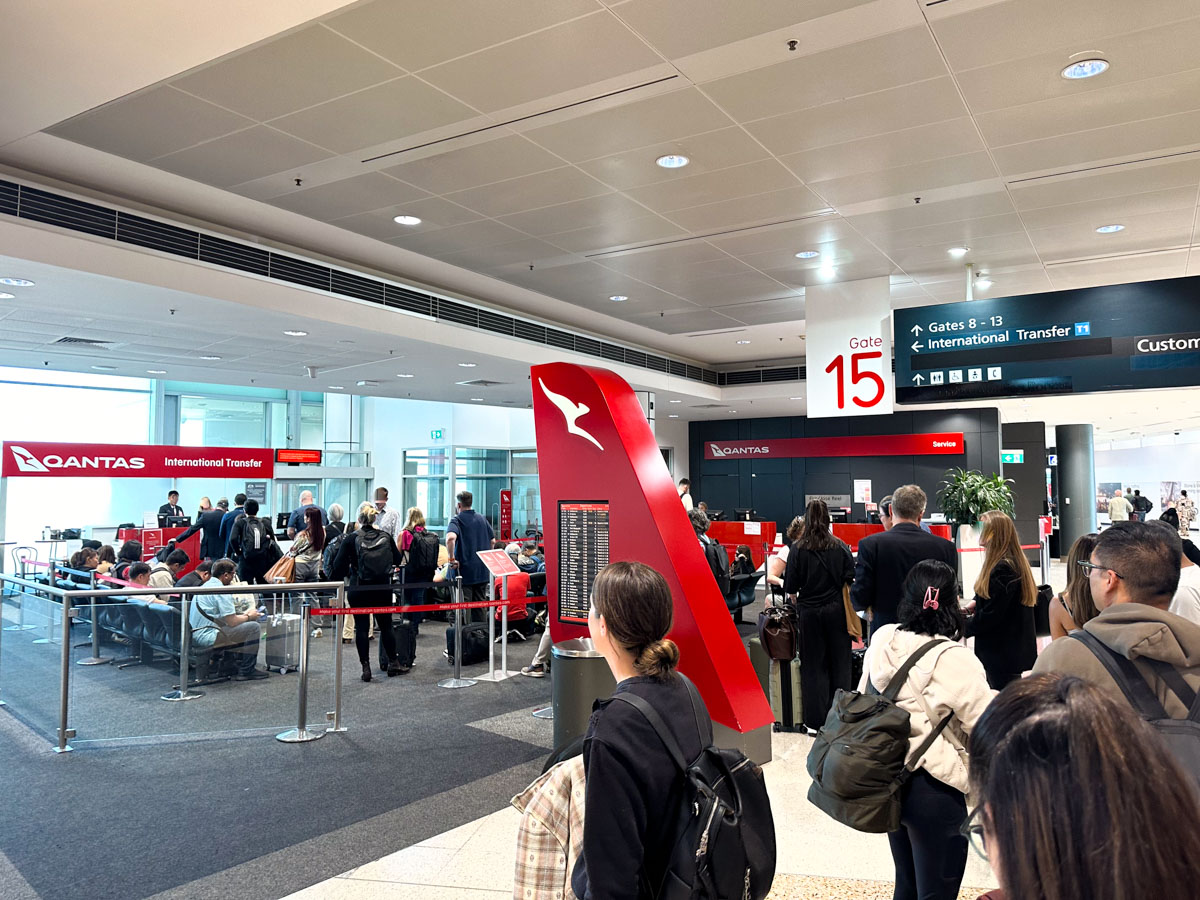
Qantas finally increased its minimum connection times after the rate of missed connections – and especially mishandled bags – became too big to ignore. This was the right call.
It’s time for more airlines to follow
Perhaps more airlines should follow, particularly where airports prone to delays are involved.
GDSs have moved on, and offering ridiculously short connection times is no longer as big as an advantage as it once was. Many people now search on Google Flights, which considers a whole range of criteria other than just the total travel time when prioritising results.
These tight connections can turn into a big disadvantage when passengers have bad experiences and airlines have to shell out lots of extra money – and staff resources – to deal with all the extra misconnecting passengers.
(P.S. if you have an ExpertFlyer subscription, you can check the current Minimum Connection times for any given airport, airline and connection type in the Travel Information section of ExpertFlyer.)
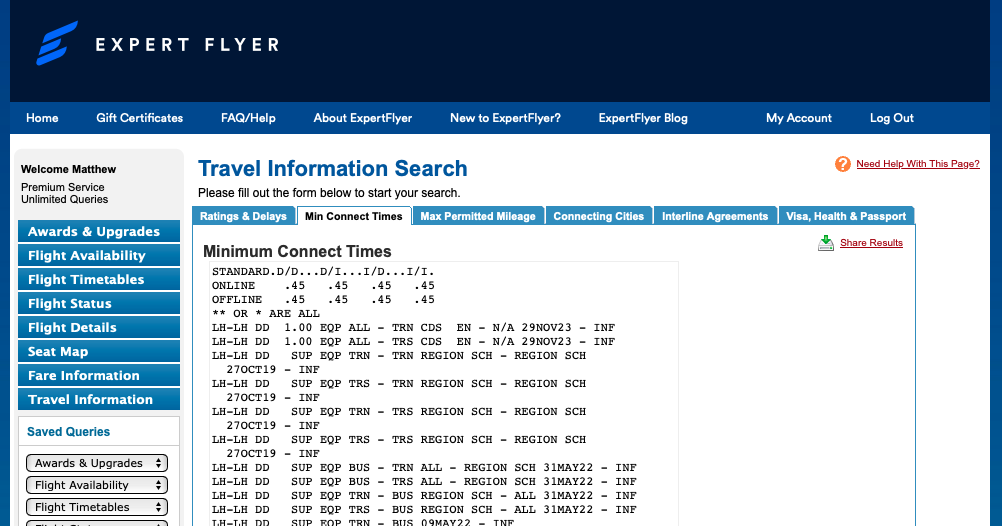

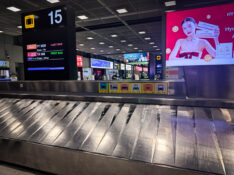

Community Comments
Loading new replies...
Join the full discussion at the Australian Frequent Flyer →